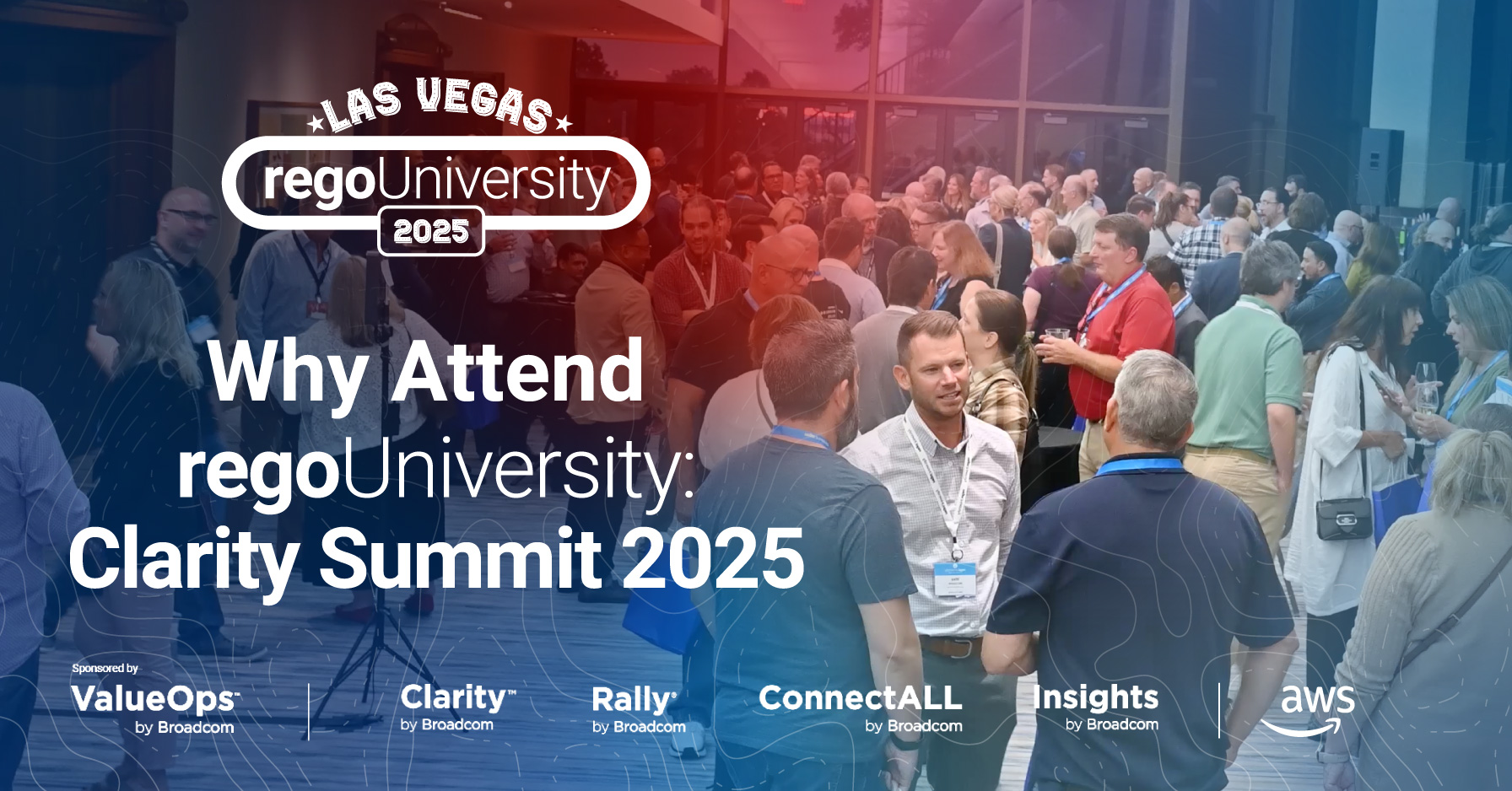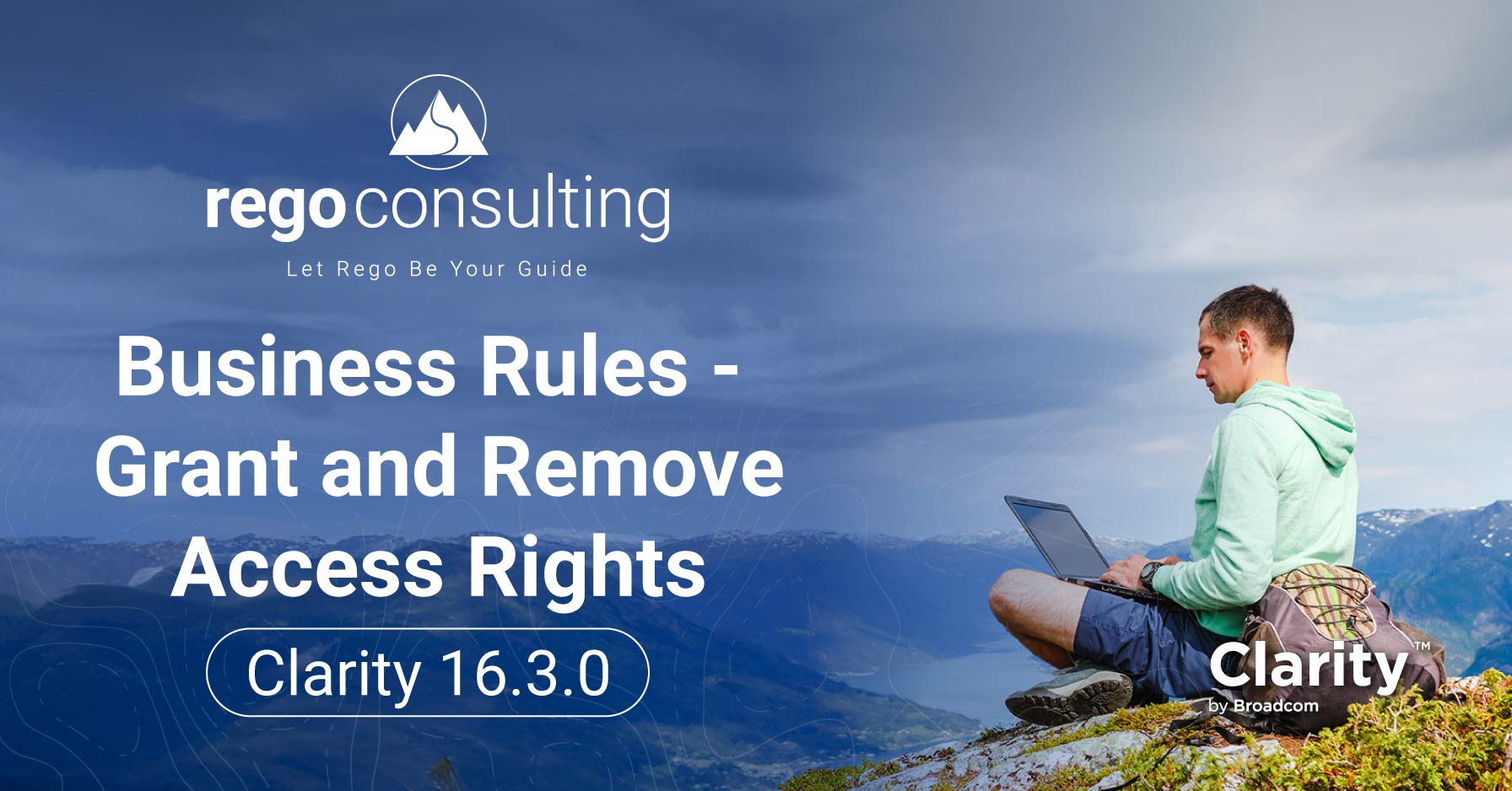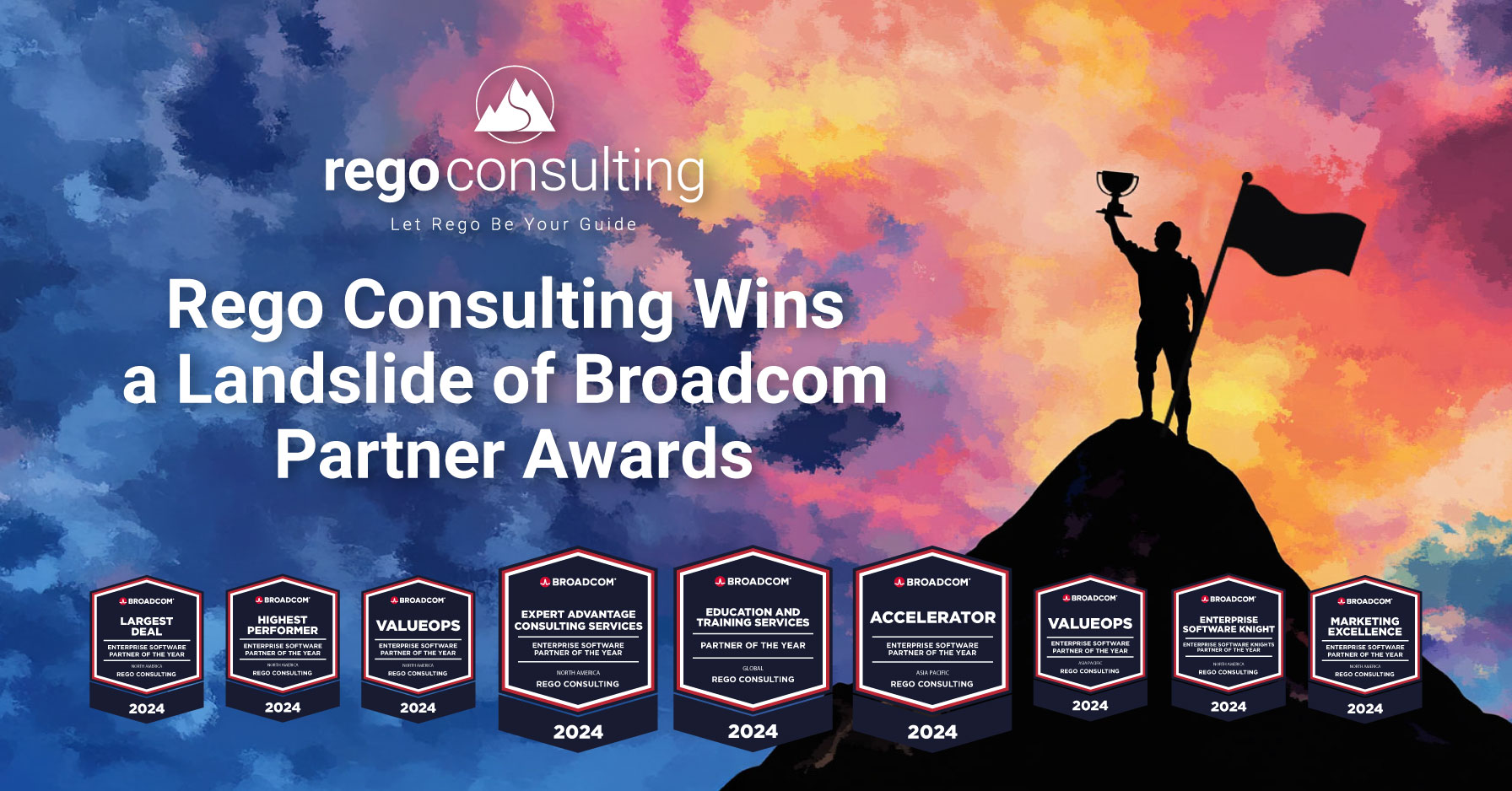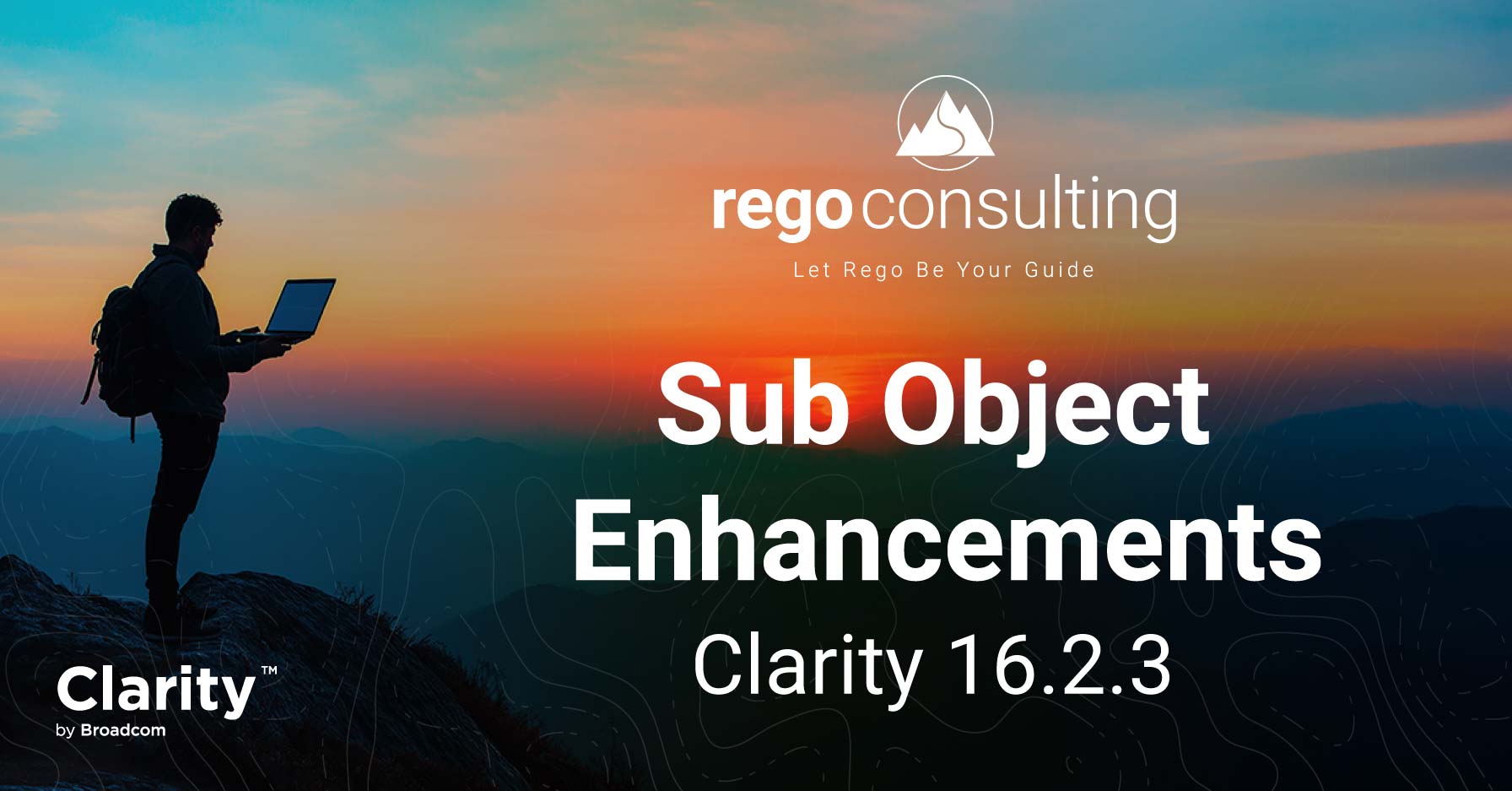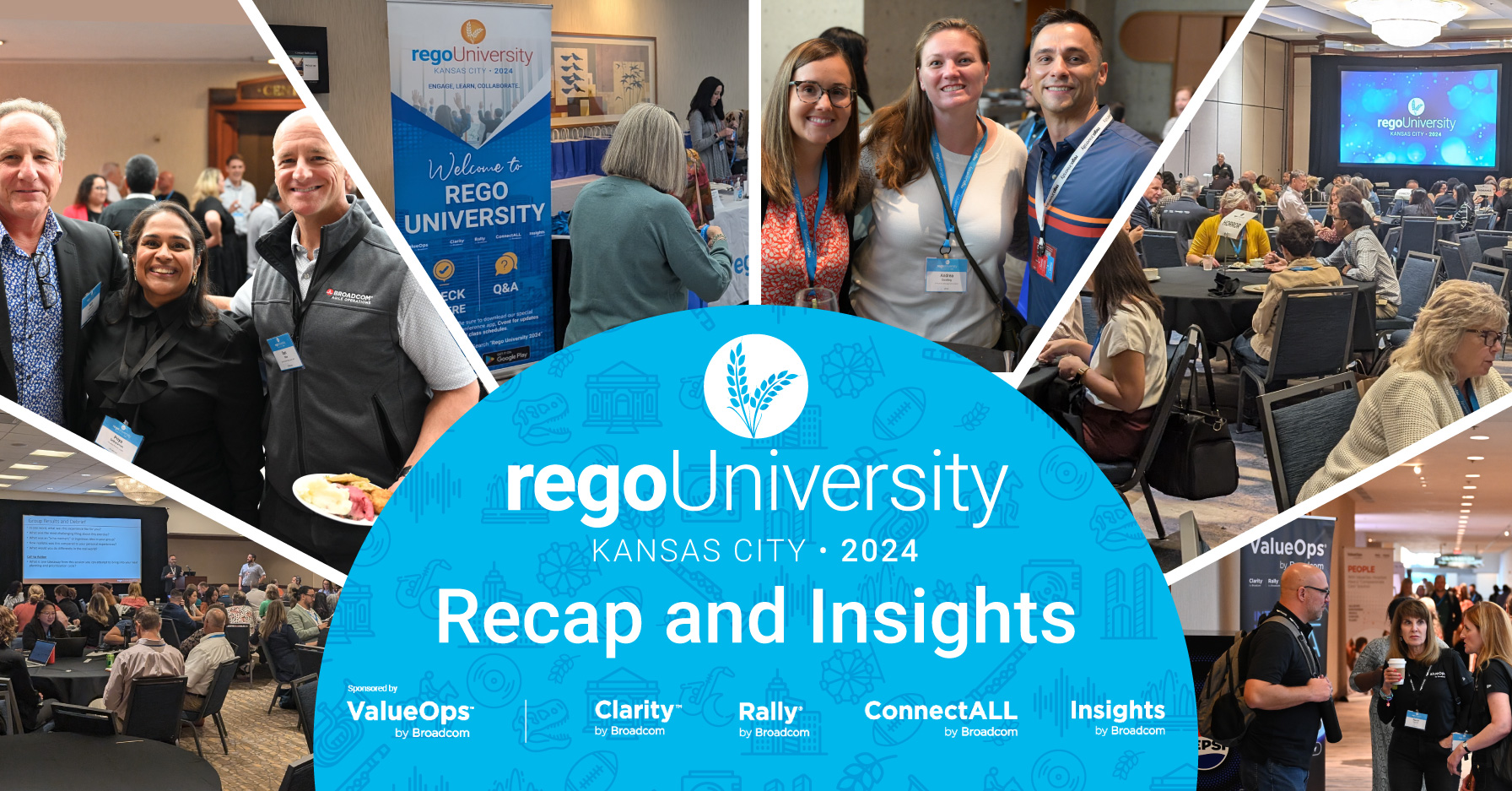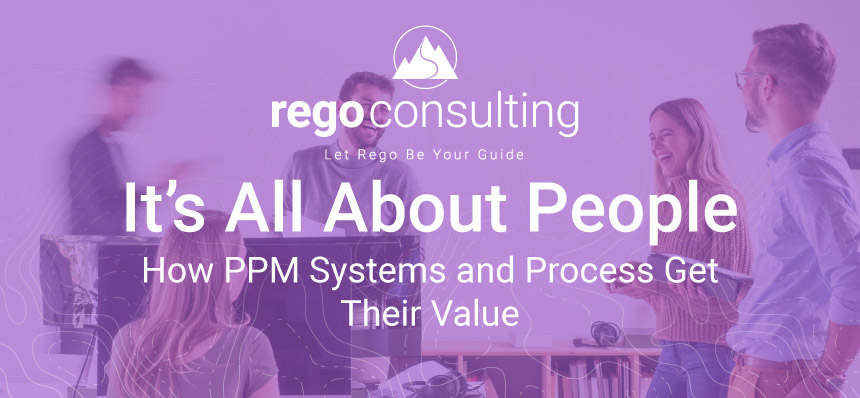
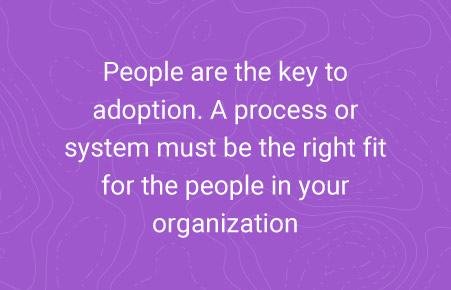 I recently had an opportunity to speak virtually at a PPM conference about improving user experiences to increase business value. It was so relevant and timely, that I wanted to share some highlights about process and system usability with you, as well as tips and tricks for enhancing user experiences.
I recently had an opportunity to speak virtually at a PPM conference about improving user experiences to increase business value. It was so relevant and timely, that I wanted to share some highlights about process and system usability with you, as well as tips and tricks for enhancing user experiences.
People are the key. If you want a PPM system or process to bring value to your organization, it must be adopted. And to be adopted, a process or system must be the right fit for the people in your organization. You can invest in an entire suite of cutting-edge systems, but if people cannot or do not use it, it produces zero value.
Value Enablement Layer
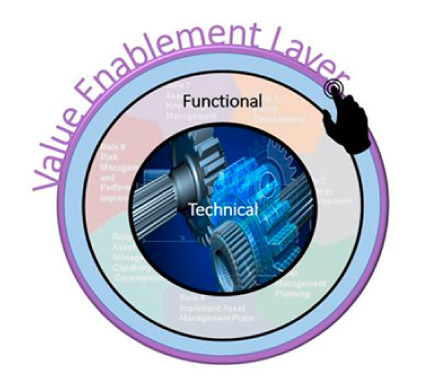 So, why is it so hard for organizations to mature and innovate with their PPM systems and processes? The “Value Enablement Layer” visual shows how business value is enabled by usability.
So, why is it so hard for organizations to mature and innovate with their PPM systems and processes? The “Value Enablement Layer” visual shows how business value is enabled by usability.
If we look at the Value Enablement Layer through a PPM lens, the “touch point” is where we do our portfolio-level analysis and capacity planning to improve decisions. It’s also where we make resource requests, enter status reports, project risks, etc.
Most of the time, we focus on the technical and functional details. But if we want to assess innovation and efficiencies, we must pay attention to the people who use the systems and processes. To get this right, we need to work with people, leading them with an expertise in organizational readiness – we must understand how change will impact everyone.
What is Organizational Readiness?
The highest quality outcomes are enabled by leadership buy-in, clear communication of the value of change, and knowledge of organizational readiness best practices. This is the foundational device to successfully mature PPM ecosystems. There are several formal Organizational Change Management (OCM) models (ex: Prosci, Kotter, ITIL, etc.), and many organizations have in-house teams to support them. But, even if this is a new activity for your group, it is possible to incorporate key components.
 To start, we must understand that OCM is a framework for managing the effect of new business processes, new technology, shifting economic landscapes, or changes in organizational structure and culture within an enterprise. Simply put, OCM addresses the people side of change.
To start, we must understand that OCM is a framework for managing the effect of new business processes, new technology, shifting economic landscapes, or changes in organizational structure and culture within an enterprise. Simply put, OCM addresses the people side of change.
Next, we must define a plan that describes the objectives, strategy, and tools needed to support stakeholders in the transition of adopting the product of a project with minimal disruption. When we focus on people as the center of the solution blueprint, everything else falls into place.
While there will be will some technical constraints or process standards that need to be developed, most issues that come up post-deployment are people issues. These include training, lack of use, dismissal of value, and missed requirements.
If we wanted to use an Organizational Readiness approach, we would guide the implementation cycle with a focus on people. This would include a user-centric system configuration and process alignment, that would look like this:
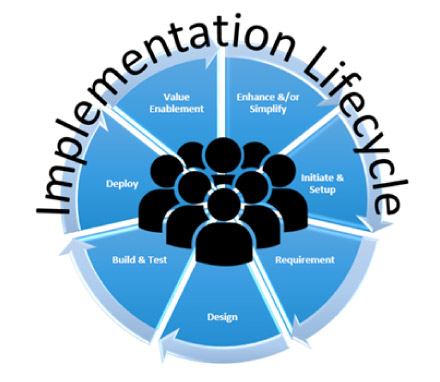
Usability
Usability consultant Jakob Nielsen and computer science professor Ben Shneiderman have written (separately) about a framework of system acceptability, where usability is a part of “usefulness” and is composed of:
- Learnability: How easy is it for users to accomplish basic tasks the first time they encounter the design?
- Efficiency: Once users have learned the design, how quickly can they perform tasks?
- Memorability: When users return to the design after a period of not using it, how easily can they re-establish proficiency?
- Errors: How many errors do users make, how severe are these errors, and how easily can they recover from the errors?
- Satisfaction: How pleasant is it to use the design?
When measuring these efficiencies in PPM, the following metrics can help guide us:
- A focus on people(end users) throughout the implementation lifecycle
- Click counts between system and process
- Velocity of system and process steps
- User surveys and intuitive GUI reviews
- Beta and change request feedback
- Data compliance and audit requirements tied to reporting
- KPIs tied to business outcomes
As PPM system and process practitioners, we can improve the value of a solution for our organizations by focusing on these suggestions for helping people through adoption strategies.

Rego also offers free configuration and adoption assessments, webinars, and half-day training classes for Clarity and Rally Software® on Roadmaps, Portfolio Management, Power BI, Scaled Agile, and Jaspersoft.
For a full list of Clarity PPM services, visit regoconsulting.com.

